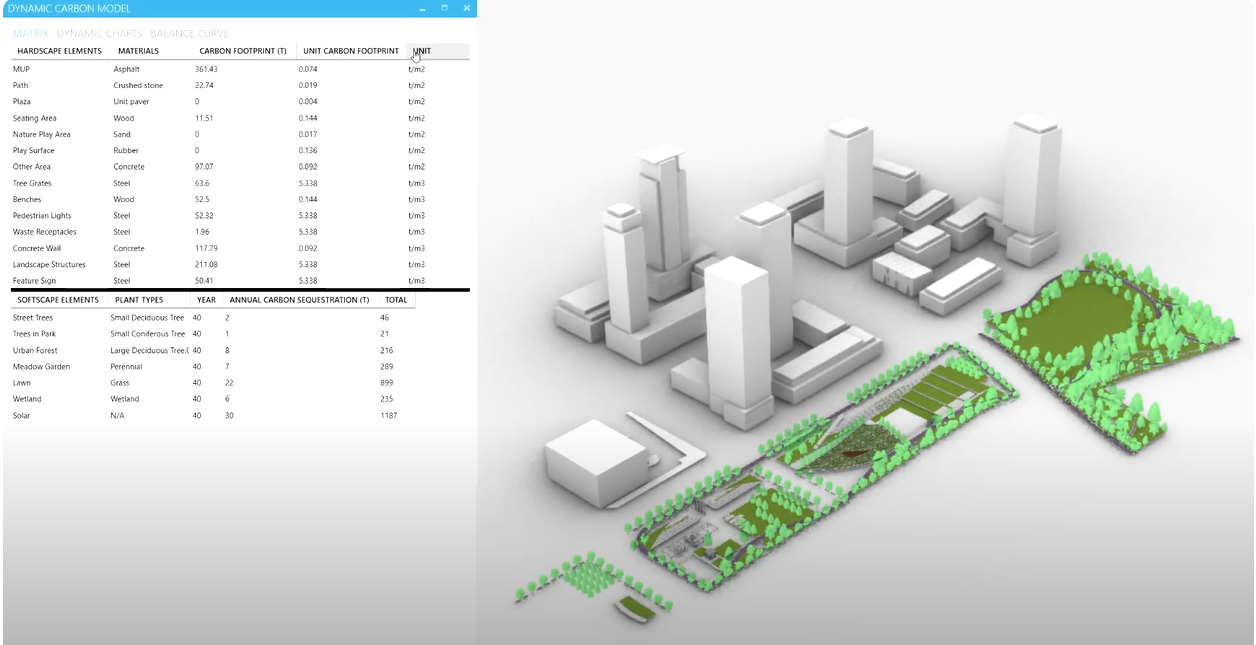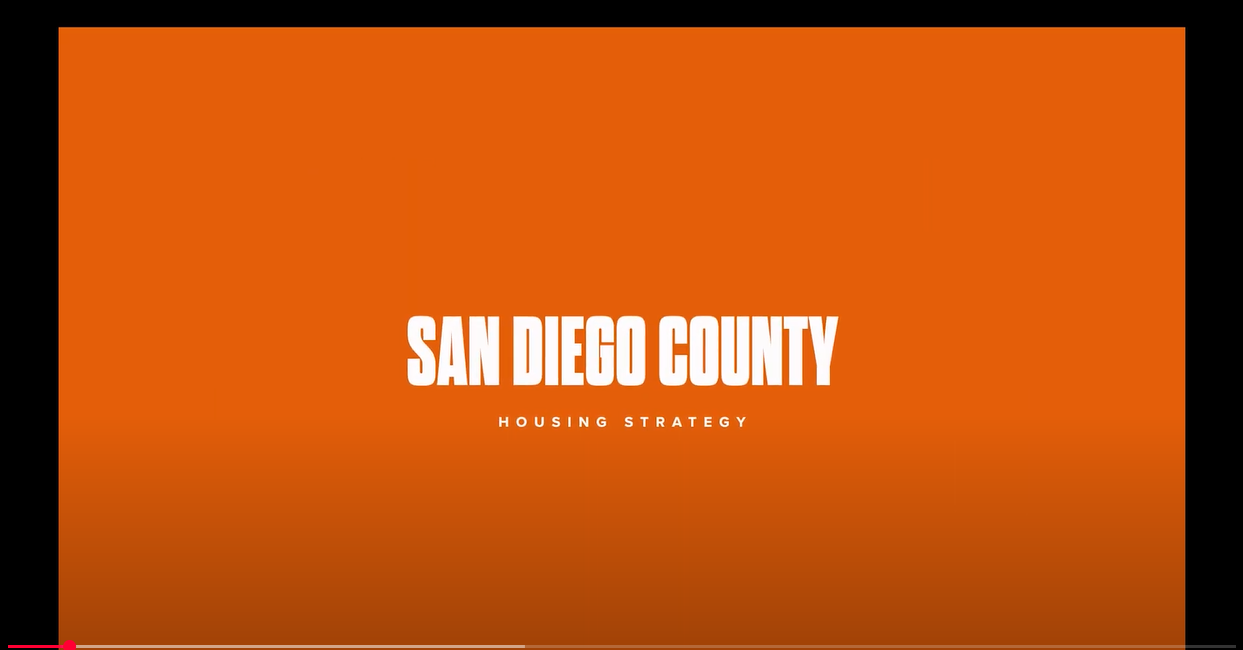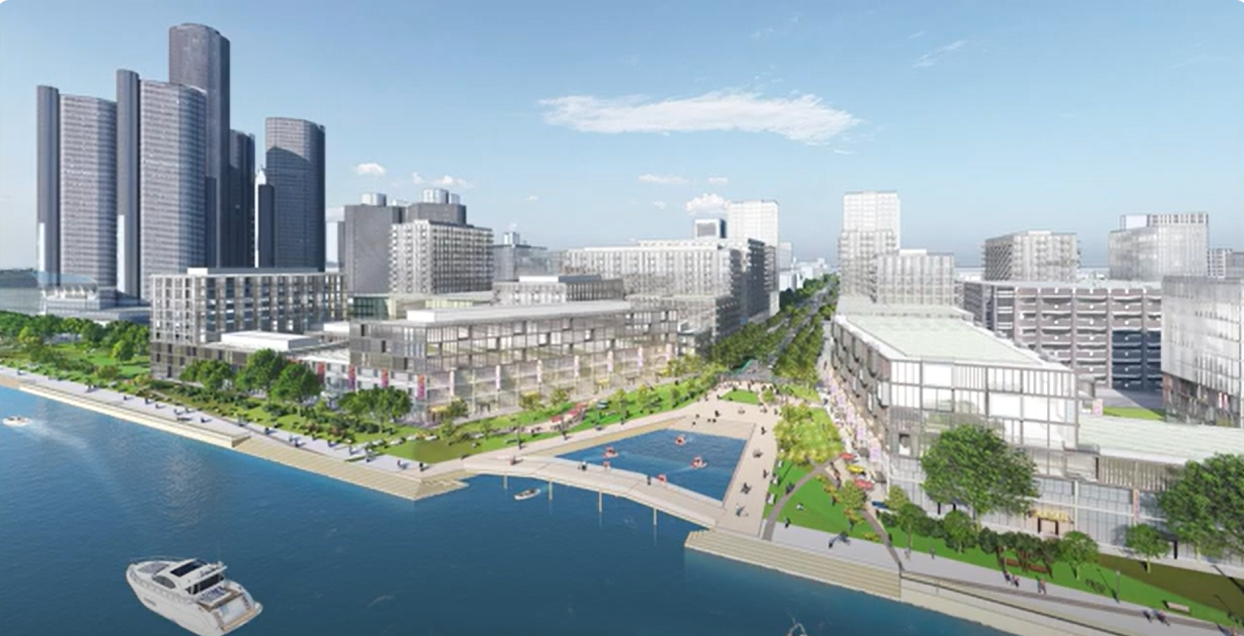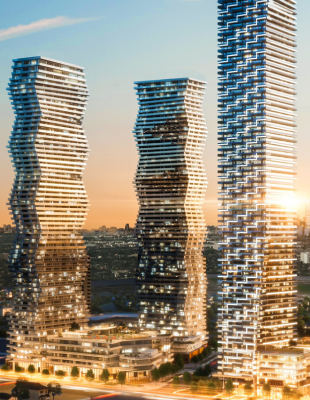Computational Design plays a pivotal role in enhancing the resilience of our built environments. Through iterative modeling and performance analysis, it supports the development of buildings and infrastructure, ensuring their long-term sustainability.
“I need more money, Steve... I need more money,” pleads Billy Beane, the exhausted General Manager of the Oakland A’s, to a firm but resigned top executive, who responds with a stark reality: “We’re not going to compete with these teams that have big budgets. We’re going to work within the constraints we have, and you’re going to get out there and do the best job that you can.” It’s a refrain that we experience often: no matter how large our resources, it continues to be a challenge to explore, innovate, and deliver solutions that meet the scale and complexity of the problems faced by our clients.If you’ve watched the 2011 film Moneyball based on the 2003 book of the same title you already know where this is heading. Billy Beane (Brad Pitt) tackles the challenge of limited resources when economist Peter Brand (Jonah Hill) introduces him to the sabermetric method - a data-driven analysis of player statistics to uncover undervalued talent. This strategy transformed the Oakland A’s into an unlikely contender, proving that smart, data-driven decision-making can outpace traditional strategies. As Brand puts it, “Baseball thinking is medieval… they’re asking all the wrong questions.”
The design disciplines, have their own versions of the sabermetric method, often preceded by terms like 'parametric,' 'generative,' or 'algorithmic'. But the core idea of each remains the same: using data to drive design decisions. Just as Beane and Brand used advanced metrics to design their starting lineup, architects, engineers and planners leverage these tools to solve complex problems and optimize the design process.
-
READ MORE
While the sabermetric method introduced in Moneyball was revolutionary, the real crux of the film wasn’t about data replacing traditional thinking; it was about how data complemented it. The beauty of Beane and Brand’s approach lay in how it highlighted and elevated the unseen, often underestimated, skills of each player. By using data to pinpoint strengths that traditional talent scouting overlooked, the A’s could build a team that thrived within its constraints, amplifying what each player, that they could afford, uniquely brought to the field and cohesively deployed their talent within the larger structure of the team.
As built environment specialists, we face similar challenges. The increasing complexity of our projects and the constraints we operate within can make it difficult to rely solely on intuition and experience. However, when we integrate data-driven techniques with the traditional tried and tested approach, we unlock new perspectives and reveal hidden potential within each design iteration. Rather than replacing the architect’s intuition, these tools enhance our capabilities by allowing us to build customized tools and processes for each solution. In doing so, we adopt Brand’s point about the importance of beginning by “asking the right questions.”
Arcadis’s Beane and Brand is its Computational Design Group. A globally distributed team of Architects and planners that specializes in using parametric design, machine learning, and AI in designing the built environment. The team leverages the power of computation to create a customizable, algorithmic process that analyzes complex information efficiently and effectively, providing evidence-based decisions. The dynamic nature of a parametric model enables a highly iterative process that visually demonstrates the multi-faceted and often multi-scalar impacts of those variations, helping to understand the effects of different design solutions and evaluate trade-offs between the discrete options.
What is Computational Design?
Computational Design plays a pivotal role in enhancing the resilience of our built environments. Through iterative modeling and performance analysis, it supports the development of buildings and infrastructure, ensuring their long-term sustainability. By analyzing various parameters such as land use, transportation networks, energy efficiency, and social equity, computational tools help optimize urban layouts and community planning. This approach ensures that communities are designed to reduce their carbon footprint, promote social interaction, and provide equitable access to essential services and amenities. The results in a more sustainable, livable, and inclusive urban fabric that supports the well-being of its residents while minimizing environmental impact.
At a high level, the Computational Design Team works primarily in the fields of Design, Sustainability, Development and Complete Communities.
A few projects to illustrate
Sustainability:
Carbon Sequestration Model

MINUTES
You have not accepted cookies yet
Computational Design allows for the calculation of carbon sequestration by trees in a park, comparing it to the carbon emissions from paving materials. By analyzing data on tree species, growth rates, and climate, the model estimates how long it will take for the planted trees to offset the carbon footprint of the paving. This approach helps guide sustainable decisions about material use and tree planting, ensuring the park’s long-term environmental benefits.
Design:
CAMPUS DESIGN

MINUTES
You have not accepted cookies yet
Arcadis designed a 220,000 sq. ft. building for the Faculty of Health Sciences at the University of Ottawa’s Lees Campus, bringing together five schools to promote interdisciplinary learning. Located by the Rideau River and near a new LRT station, the site’s potential was maximized through a Computational Design model that explored thousands of design options. Various criteria, such as views, solar optimization, and open space quality, were assessed. The design options were evaluated based on performance metrics, and the top-performing options were refined into the final schematic design.
Development
GENERATIVE HOUSING

MINUTES
You have not accepted cookies yet
Computational Design can evaluate thousands of parcels, at the speed of a single one, to identify the most suitable sites for development based on a range of customizable criteria. The feasibility of the shortlisted parcels are then tested and optimized through iterative design options and massing explorations, allowing for the assessment of various built-form options on the sites. This is conducted against a dynamic proforma, where each option is rigorously evaluated against defined metrics, facilitating a comprehensive comparison of potential spatial and monetary trade-offs. This iterative process provides stakeholders with reliable, evidence-based insights, supporting data-informed decision-making.
Complete Communities:
The Design of 15 Minute Walkable Neighborhoods

MINUTES
You have not accepted cookies yet
A Computational Design model was used to analyze existing conditions and project optimal future economic development scenarios, incorporating demographics, land use, transit, and economic opportunities. This analysis, combined with stakeholder input, informed the generation of scenarios aimed at creating socially and economically robust communities. The model focused on the ‘15-minute neighborhood’ concept, ensuring residents could access all daily needs within a short walk. The outputs guided development strategies, revenue projections, and urban design visions for the districts.






